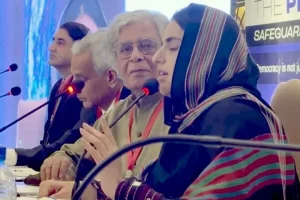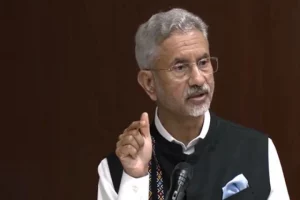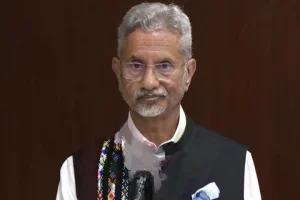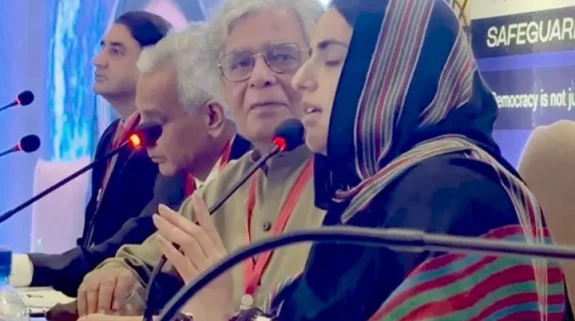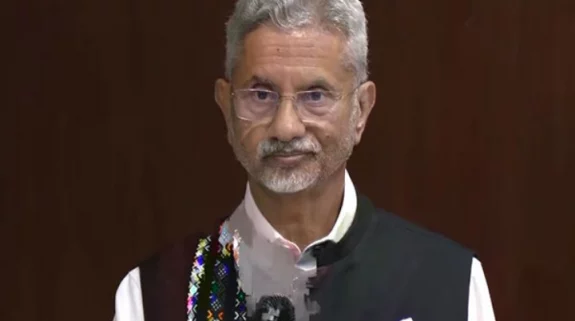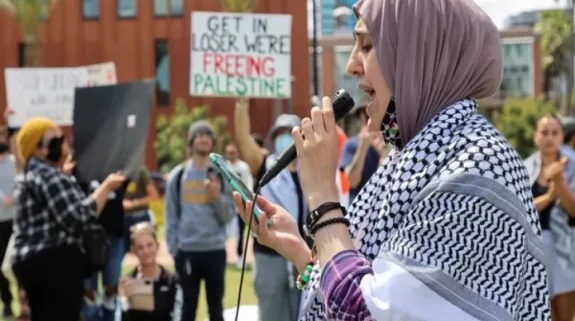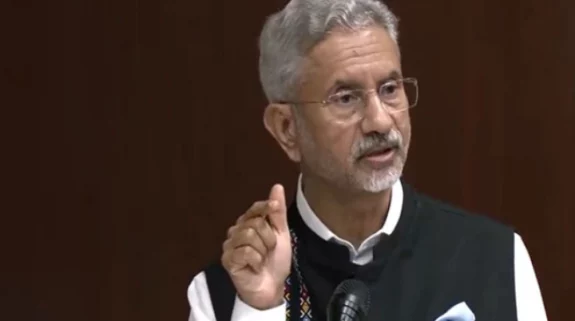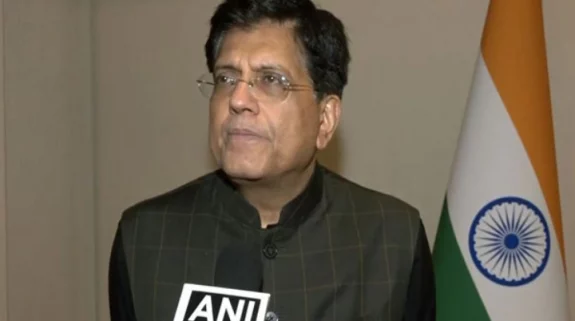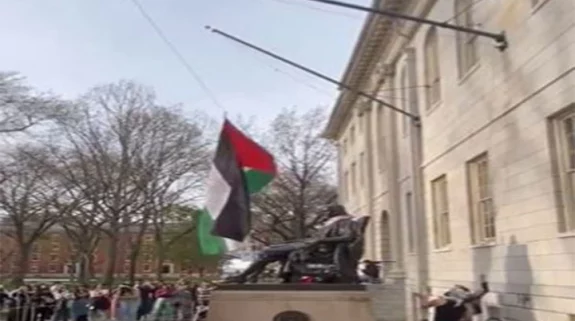The anticipated exodus of 300,000 expatriates belonging to Kerala from 150 countries across the globe following the Covid 19 pandemic is turning out to be a security nightmare.
The majority of the returnees are from oil rich Gulf countries. Among them the bulk are clogging flights bound from the United Arab Emirates (UAE) to a network of airports in Kerala. 75 percent of these expats are in 20-59 age group. Significantly, most belong to the Malabar region, covering the northern districts of Kannur, Mahe, Kozhikode, Perinthalmanna, Kasargod and Wayanad.
The reverse exodus, which first began with the fall of the oil production in the Gulf, began to surge after the Covid-19 pandemic struck. The double whammy of Covid19 and the oil-fueled real estate slump, resulting in mass joblessness, pushed expats into long queues at Gulf airports for India-bound flights. The resulting massive influx in Kerala is beginning to disrupt the socio-economic balance in the state. Over time, it is bound to impact the law and order and internal security of the state, having a pan-India impact.
Why is reverse migration emerging as a security threat? For starters, the problem arises due to the growing radicalisation of northern Kerala, linked to the rise of the Islamic State (IS) in Iraq and Syria.
Evidence of the influence of IS—headed by Abu Bakr Al Baghdadi– on a radical fringe in Kerala emerged in 2014. Investigations show that around 40 out of 150 pro-IS cases in India find their roots in the Malabar region of Kerala. These individuals routed their journey to the IS caliphate—covering parts of Iraq and Syria—from West Asia. In 2017, 14 youths led by Rashid Abdulla from Kasaragod region, left India to join IS in Afghanistan in 2017.
There is a complex interplay of factors—historical tradition of violent rebellion including the anti-British Malabar revolt, foreign migration leading to new radical ideological influences, tech-awareness including skillful use of social media, all riding on relative poverty and stratospheric aspirations—that have made northern Kerala youth more prone to the influences of radical Islam.
In the IS Caliphate’s five years, which ended in 2019, a section of the Kerala radicals had joined thousands of recruits from various countries across the world that had made their way to Iraq and Syria, allowing them to acquire an outlook of global Jihad. Though small in number, their ideological footprint, in the age of internet, has been significant.
Kerala’s tryst with global Jihad became sharply etched out during the April 2019 Easter terror attack in Sri Lanka. IS claimed responsibility for the attack, and Baghdadi accepted Bay ‘at (a pledge of allegiance). Riyas Aboobacker, a 29-year-old native of Palakkad, Kerala, and his online propaganda outfit, was identified by the perpetrators of the blast, as the main motive behind their radicalisation.
To counter the rising tide of radicalism in Kerala, enforcement agencies had launched ‘Operation Pigeon’. This was a “de-radicalisation drive” aimed at timely and strategic intervention in an individual’s movement from ‘thought’ to ‘action’ of pro-IS ideology. In this counter campaign, agents used social media to monitor youths from certain identified regions of the state and the content they shared on those platforms. The data collected for the operation revealed that Kerala’s Kannur district had 118 people with pro-IS inclinations, the highest number in the state. Malappuram district was second with 89, sympathizers, while Kasaragod had 66.
In total, 350 males were identified and approached by police with help of local community members including religious leaders, families, friends and parents to deter these individuals from following the IS path.
Nevertheless, the chances are that after the return of expats, radicalisation is likely to acquire a high-octane push, feeding on an atmosphere of extreme polarisation that already exists. It is a fact that abrogation of Article 370 in Jammu and Kashmir, and the introduction of CAA and CRR, has already generated a divisive influence. Elements inimical to the state, have been exploiting the situation to the hilt. Expectedly the impact was most notable in Malabar region, where the ruling Left Democratic Front (LDF), the opposition United Democratic Front (UDF), and a majority of Christian and Muslim communities had united to fight the Centre against the introduction of these bills.
Specifically, the he Indian Union Muslim League (IUML) had escalated the sit all over Northern Kerala. For radical elements like the Social Democratic Party of India (SDPI) and Welfare Party of India (WPI), this was the most opportune moment to weave into the sit-in to enhance their divisive communal indoctrination. Mosques and Madrassas intensifying the hate campaign to dangerous levels. This was when COVID 19 struck.
The danger ahead: A Jihadi—Left wing extremist alliance
With the surge in numbers following the mass return of expats after the Covid-19 outbreak, there is a growing apprehension that the Maoists in Kerala, who have been lying dormant for some time now may “awaken” and join Jihadi groups to form a potent destabilising force. The Maoists have a strong presence in the jungles of Malabar region, including control over training camps and firing ranges.
To further boost their power, there is a strong possibility that Jihadi elements will combine with Left Wing Extremists (LWE) to form an active symbiotic relationship. While LWE need weapons, the Jihadis need special platforms in the jungle terrain.
What stands out in Kerala is the institutional structure of Islamic organisations, which opens gateways to structures of political power and patronage. The hard liners have the option of joining the Jamaat e-Islami’s Kerala chapters. But those who may be less radical, find resonance of their views with the Muslim League. Finally, those who feel the need to undertake a purely theological journey move towards the Salafist movement in Kerala, largely represented by the Kerala Nadwathul Mujahideen movement (KNM).
High level of awareness, high power of assimilation, and a fixed goal, make a Keralite radical Muslim, an eloquent Malayalam speaker and a Muslim with equal resonance. Radical clerics are very articulate and deftly seed the minds of unsuspecting moderate youth with their radical agenda. Owing to their persuasiveness and charm, they have great influence on the masses, especially the youth.
Given the possibility of Kerala’s slide into radicalism, urgent and pro-active steps may have to be undertaken. For instance, it is important to map the returnees at the district and Panchayat levels, including their Aadhar details, migration period, bank and investment details, countries and areas visited, area of core competence and involvement in any criminal activities in the past.
Cyber Monitoring of Social Media is also a must to prevent social media being used as an impactful tool of international radicalisation.
To reverse the tide of extremism, engagement of youth is indispensable to generate an effective counter-narrative. Recruitment drives by police, security forces and other government agencies as well as corporates, can help tap the best of the returnees with core competence in various fields.








